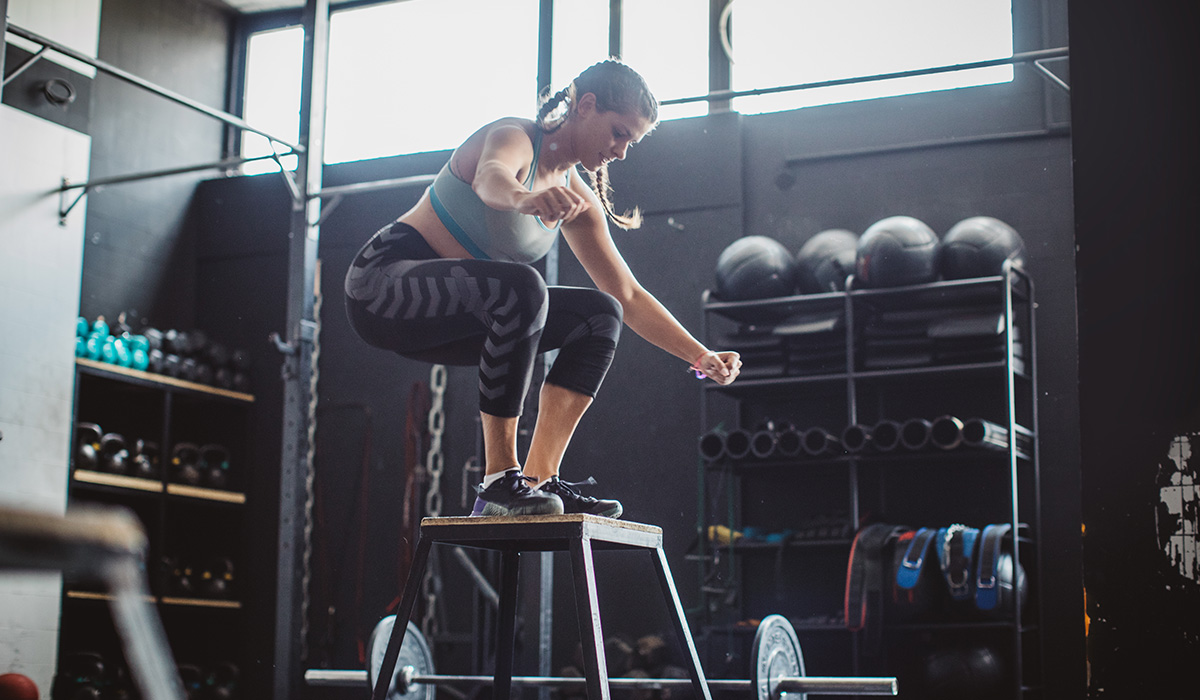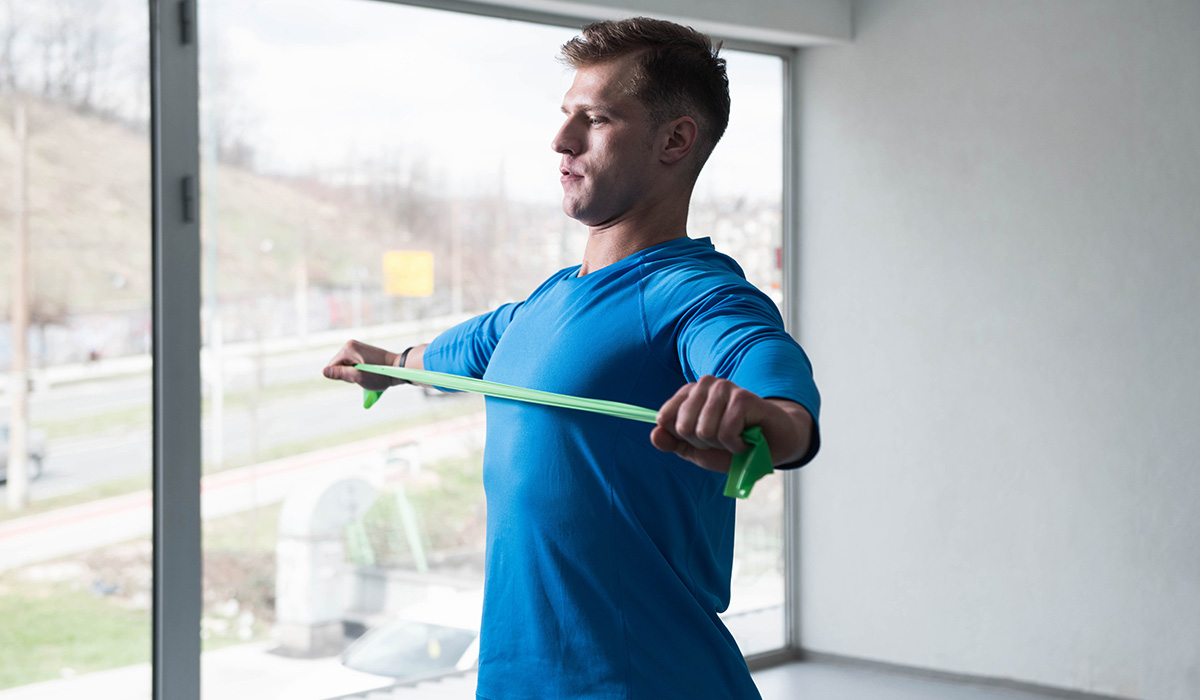The concept of a superset is to perform 2 exercises back-to-back, followed by a short rest (but not always). This effectively doubles the amount of work you are doing, whilst keeping the recovery periods the same as they are when you complete individual exercises.
Opposing Muscle Group
One very common form of a superset workout includes working two different areas of the body. For example, a common superset includes performing one upper body exercise (such as the bench press) and then immediately moving to a lower body exercise (such as the leg press).
Another easy method to plan supersets is to alternate with opposing muscle groups (antagonistic). You can combine the bench, which works the chest, with the seated row, which engages the back.
Same Muscle Group
The second way to perform a superset workout is to choose two different exercises that work out the same muscle group and then perform them back-to-back without a rest. Performing quadriceps extensions immediately after squats is an example of this type of superset. This type of superset works one individual area especially hard. It is a great way to focus on a particular area of the body.
WHAT ARE THE BENEFITS?
- A huge timesaver
- Increase muscle growth + strength
- Adds variety to your training
- Can help to burn fat
- Improves heart health / lowers blood pressure
- Strengthens bones
- Boosts your mood and improves brain health



